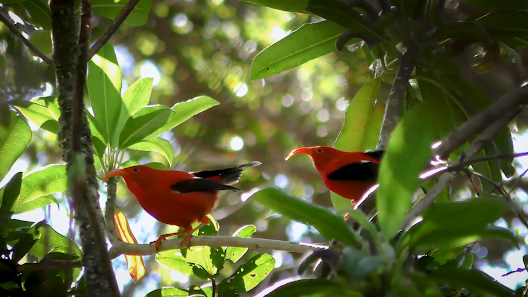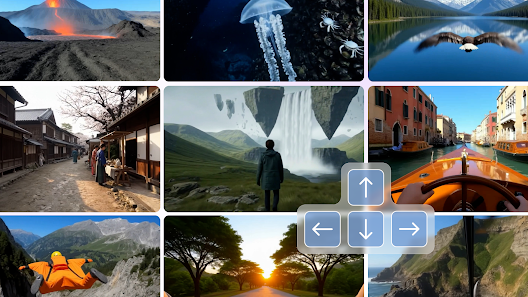Artificial intelligence is now giving a voice to the voiceless in nature. With the latest updates to Google’s Perch model, conservationists are empowered like never before to monitor, protect, and understand endangered species through the power of sound.
Listening to the Wild: How AI Understands Nature
Across the globe, scientists deploy microphones and hydrophones to capture the symphony of nature—from bird calls and frog croaks to whale songs and insect chirps. These audio recordings are rich in ecological insights, but analyzing them manually is a daunting task. That’s where AI steps in.
The newly enhanced Perch model is built to process enormous volumes of bioacoustic data. This AI tool can now decode complex acoustic environments, identify a wider variety of species, and adapt to diverse habitats—including underwater ecosystems like coral reefs.
Smarter, Faster, Deeper: What’s New in Perch
The latest version of Perch is trained on almost double the dataset of its predecessor, incorporating sounds from mammals, amphibians, and even human-made noise. It leverages public audio sources such as Xeno-Canto and iNaturalist, allowing it to predict which species are present in a given soundscape with improved accuracy.
Beyond identification, Perch helps answer critical ecological questions like: How many animals are in this area? Are they mating? What species are present over time? This versatility supports conservationists in making data-driven decisions faster than ever before.
From Forests to Reefs: Real-World Impact
Since its launch in 2023, Perch has been downloaded over 250,000 times and integrated into popular tools like Cornell’s BirdNet Analyzer. It’s already making a tangible impact on the ground.
For example, BirdLife Australia and the Australian Acoustic Observatory use Perch to build classifiers for native species. The model even helped detect a new population of the elusive Plains Wanderer, a discovery hailed as groundbreaking by local researchers.
In Hawaiʻi, the University of Hawaiʻi’s LOHE Bioacoustics Lab uses Perch to track honeycreepers—birds steeped in cultural myth and now at risk of extinction due to avian malaria. By using Perch, researchers sped up their analysis of honeycreeper calls by nearly 50 times, unlocking the capacity to monitor more species across larger areas.
AI Meets Agile Modeling: Building Classifiers in Minutes
Perch introduces an innovative approach known as agile modeling. This technique allows researchers to create custom classifiers from a single audio example using vector search and active learning. One sound sample is all it takes to begin building a full species classifier.
This approach shines in cases with limited training data—making it ideal for rare or newly discovered species. Open-source tools such as Perch Hoplite make it easy for scientists to harness this capability with minimal technical barriers.
Looking Ahead: A Global Symphony of Conservation
By enabling faster, more accurate analysis of bioacoustic data, Google’s Perch model frees up critical time and resources for field researchers. Whether it’s the rainforests of Hawaiʻi or the depths of coral reefs, this AI-driven approach is redefining how we understand and protect life on Earth.
Perch is one of many projects advancing real-world applications of AI for global good. Similar to how AI is transforming environmental monitoring in AlphaEarth, Perch stands as a beacon of how artificial intelligence can support biodiversity and science.
Get Involved: Explore, Learn, and Build
- Download the new Perch model on Kaggle
- Read the Perch research paper
- Dive into agile modeling for bioacoustics via this study
- Browse the open-source code on GitHub
With AI and sound, we’re tuning in to the stories of the natural world—before they fall silent.






